How do you water the plants correctly? What are the things not to do when watering plants and flowers? We have compiled a list of the most frequent mistakes we must avoid when watering our plants. Let’s find out together.
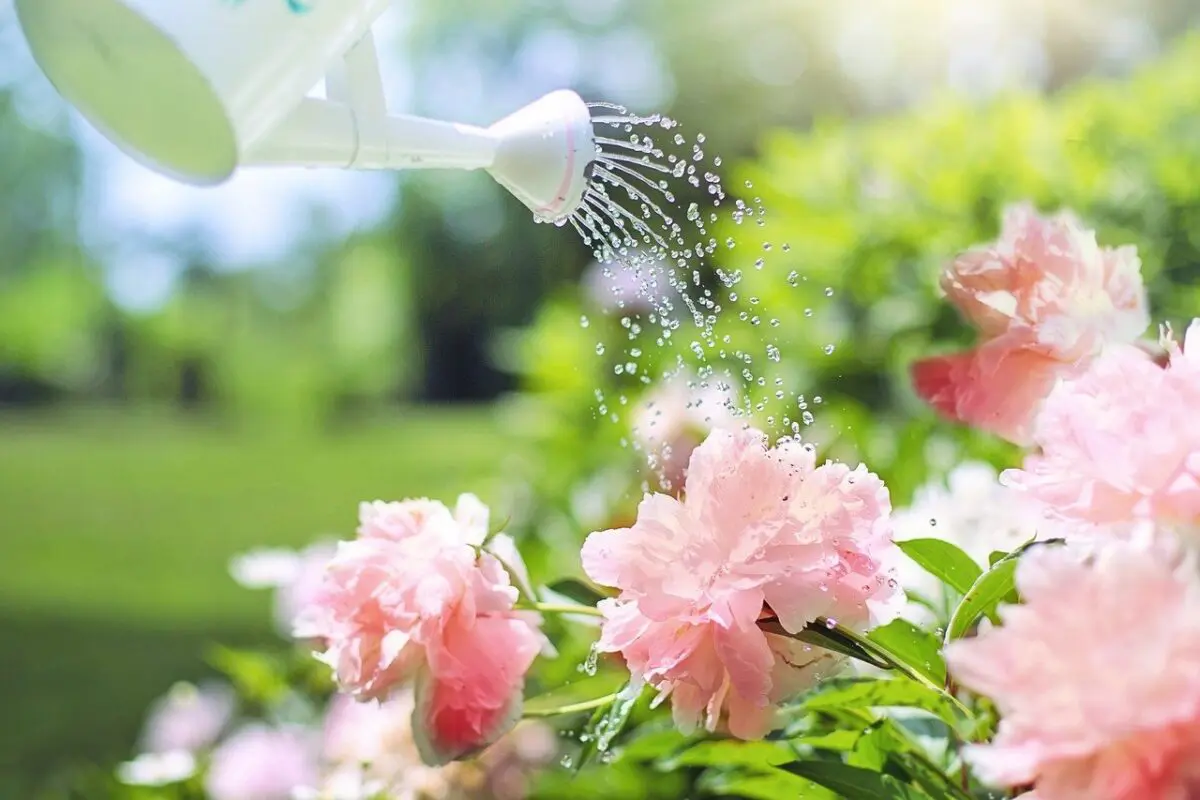
It sounds like the simplest business in the world, yet watering the plants requires a lot of method, perseverance and also the right information. It takes very little, in fact, that the plants can dry out and die due to poorly dosed water, choose the time of day that is not suitable for doing so or follow wrong habits.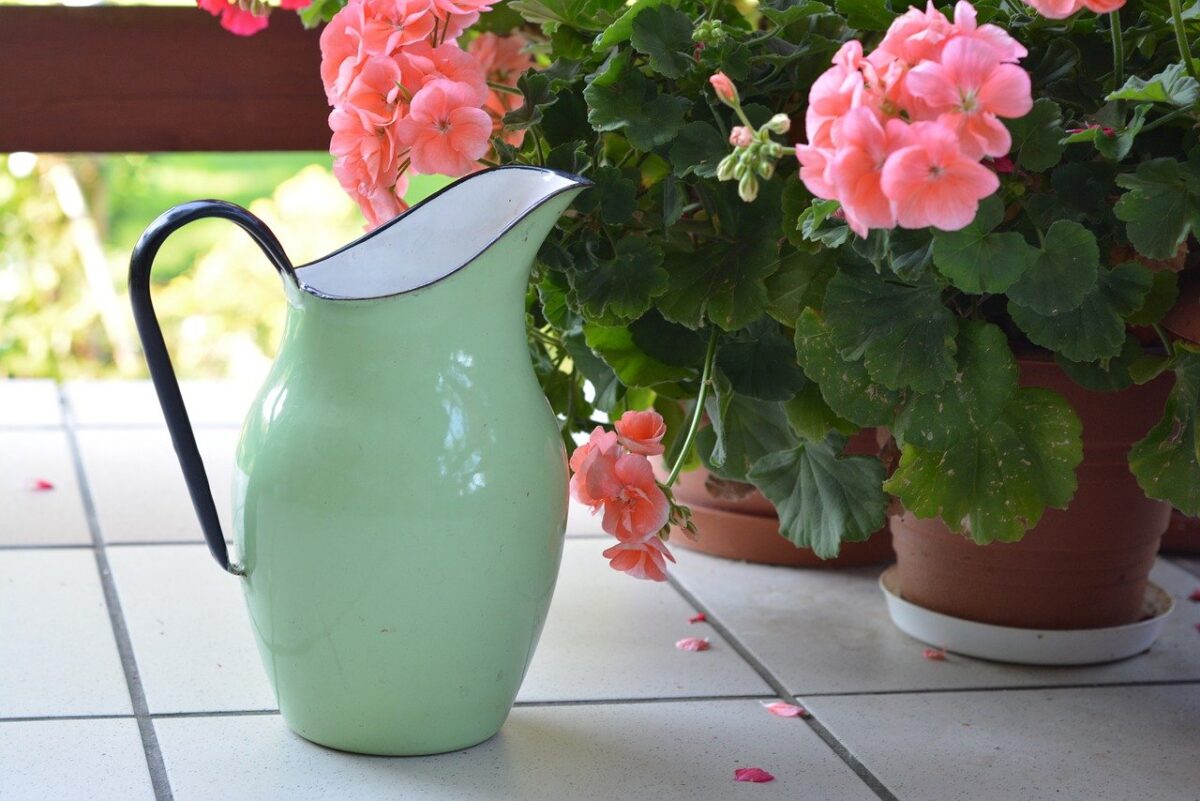
To prevent the plants from drying out, especially during the warm months of the year, it is very important to follow some precautions when we are about to water. Here are the mistakes and things not to do when watering the plants.
What not to do when watering plants: 6 mistakes not to repeat
Here are the most common mistakes related to the activity of watering plants.
Read also: The 6 most beautiful spring flowers to color the house
1. Choosing the wrong time to water your plants
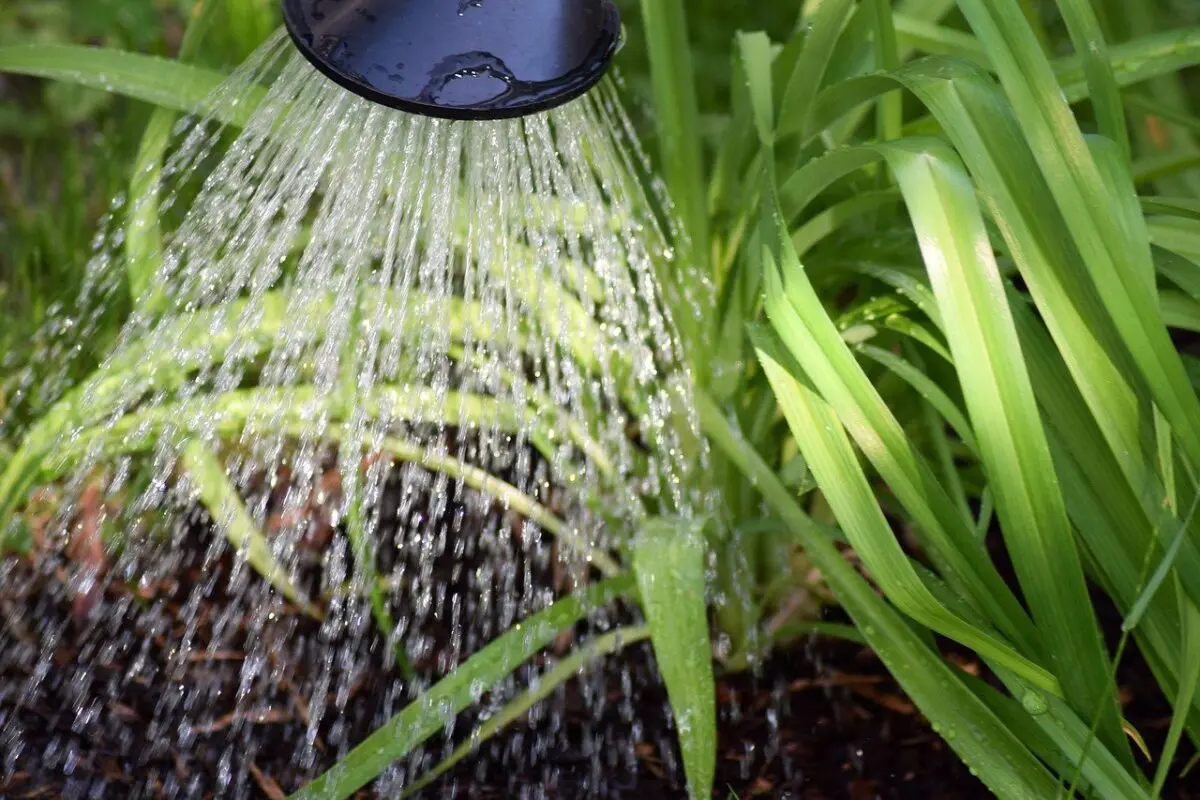
THE the right moments of the day are at dawn, or in the evening, when temperatures are cool.
These are the times when plants absorb water, rather than the latter evaporating from the sun.
2. Water the plants with too much water
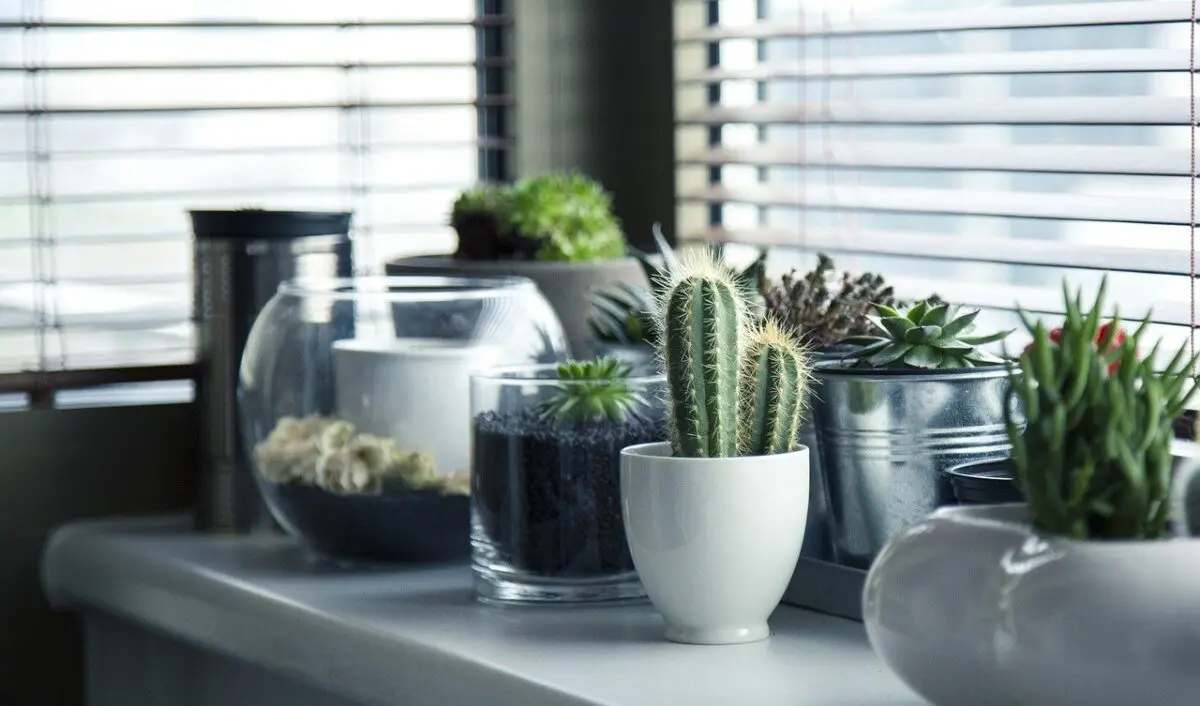
Not to be mistaken check that the plant has a real need for water, testing the ground and evaluating if it is damp.
If not, measure out the right amount of water. You can do this by noticing that the water does not overflow from the saucer and that it does not float on the ground.
It may interest you: 10 houseplants that do not require maintenance
Also pay attention to the type of plant you are watering.
Some plants need very little water, as in the case of succulents or semi-succulents – In that case the recommended dose is also once a week.
3. Avoid spilling water in one place

Distribute the jet of water over the entire surface of the soil.
You realize the mistake when water poured into a vase creates a real groove in the ground.
Do you want design advice on how to furnish? Join the group
4. Don’t get the leaves wet
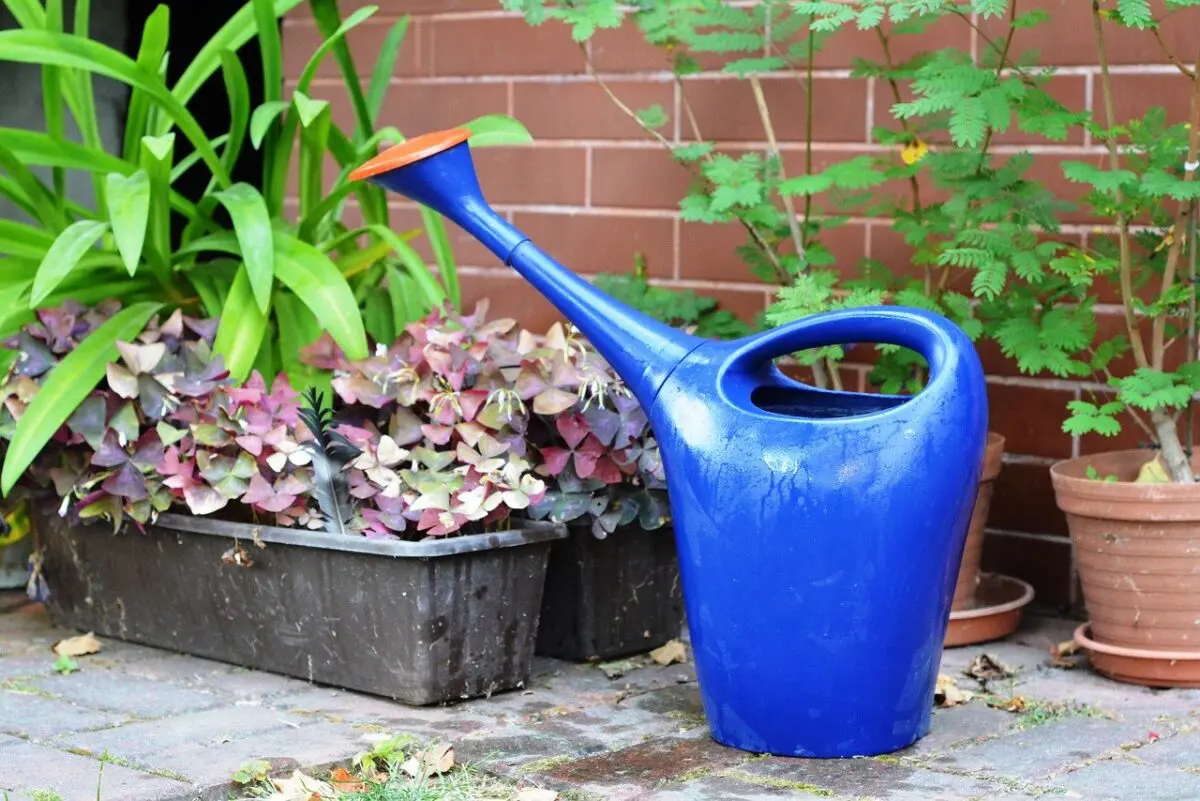
This is because the water on the foliage ruins and damages the plant if it is then exposed directly to the sun.
Furthermore, wetting the whole plant risks causing the formation of parasitic organisms and mold.
5. Use poor soil
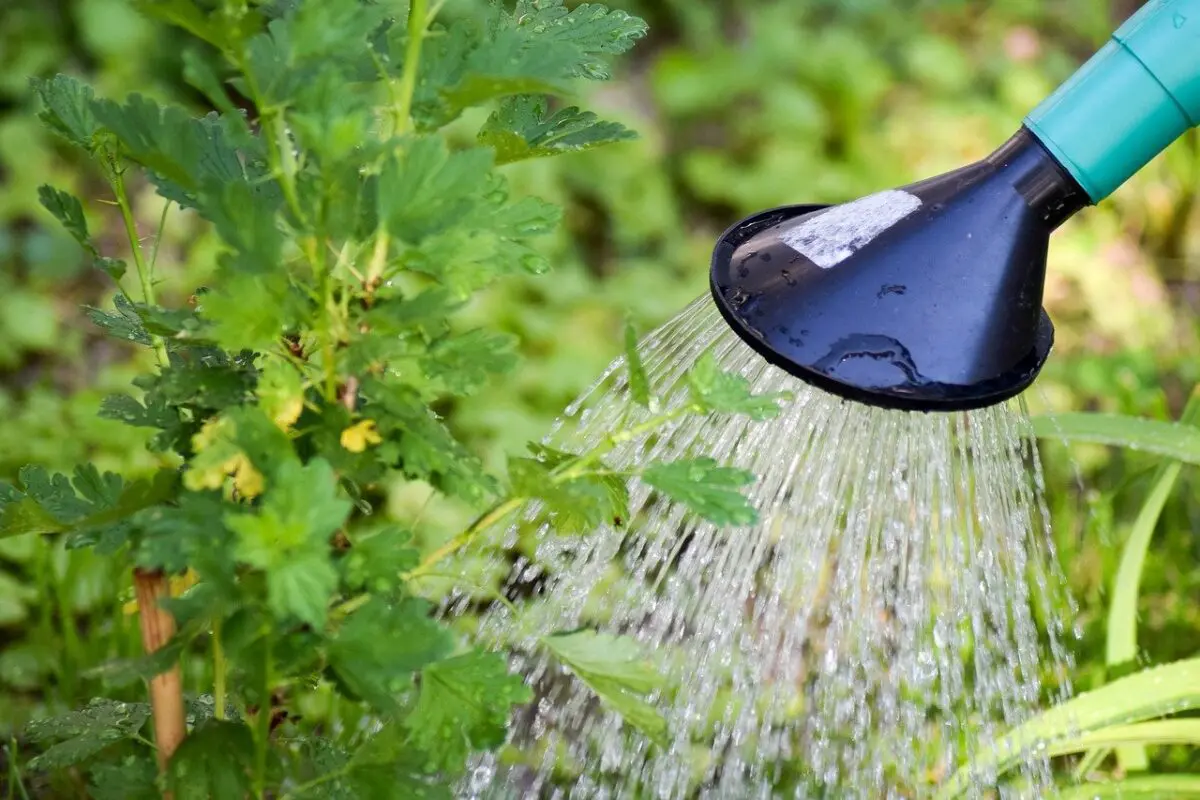
To avoid this unpleasant phenomenon, we recommend that you follow this technique in sequence:
- arrange several layers in the vase
- starting from the clay-based pebbles to be placed on the bottom
- go away upwards
- use layers of finer and finer grain as you go up.
6. Forgetting to water the plants
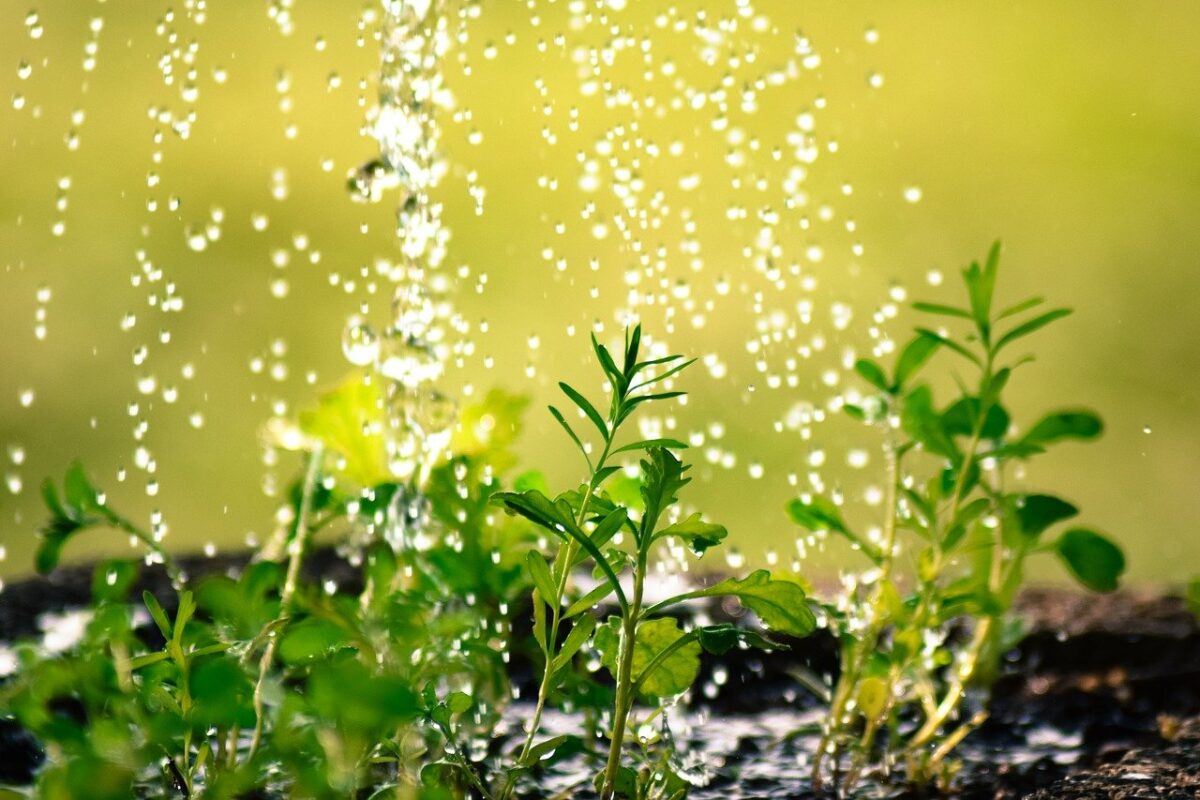
If it is not easy for you to work on your daily irrigation routine, do not leave the plants dehydrated but find alternative methods.
Some systems are automated and dose the water through a perforated pump that goes from one plant to another. This system is elaborate but allows the plants to be guaranteed a constant and daily source of water, even during periods of absence.
Alternatively, you can use drop dispensers, available in garden stores, which sip water evenly throughout the day.
An innovative method, instead, is that of put the jellied water inside the jars. These are balls as large as marbles that wear out slowly, bringing moisture to the plants.
If you go on vacation, do not make the mistake of abandoning the plants but use one of these systems, or enlist the help of someone who can replace you in the days of absence.
What not to do when watering plants: photos and pictures
Here are some evocative images of the moment in which we dedicate ourselves to the care of our plants. Finding out easily what are the things not to do when watering plants is the first step to having healthy and living plants.
How do you water the plants correctly? What are the things not to do when watering plants and flowers? We have compiled a list of the most frequent mistakes we must avoid when watering our plants. Let’s find out together.

It sounds like the simplest business in the world, yet watering the plants requires a lot of method, perseverance and also the right information. It takes very little, in fact, that the plants can dry out and die due to poorly dosed water, choose the time of day that is not suitable for doing so or follow wrong habits.
To prevent the plants from drying out, especially during the warm months of the year, it is very important to follow some precautions when we are about to water. Here are the mistakes and things not to do when watering the plants.
What not to do when watering plants: 6 mistakes not to repeat
Here are the most common mistakes related to the activity of watering plants.
Read also: The 6 most beautiful spring flowers to color the house
1. Choosing the wrong time to water your plants

THE the right moments of the day are at dawn, or in the evening, when temperatures are cool.
These are the times when plants absorb water, rather than the latter evaporating from the sun.
2. Water the plants with too much water

Not to be mistaken check that the plant has a real need for water, testing the ground and evaluating if it is damp.
If not, measure out the right amount of water. You can do this by noticing that the water does not overflow from the saucer and that it does not float on the ground.
It may interest you: 10 houseplants that do not require maintenance
Also pay attention to the type of plant you are watering.
Some plants need very little water, as in the case of succulents or semi-succulents – In that case the recommended dose is also once a week.
3. Avoid spilling water in one place

Distribute the jet of water over the entire surface of the soil.
You realize the mistake when water poured into a vase creates a real groove in the ground.
Do you want design advice on how to furnish? Join the group
4. Don’t get the leaves wet

This is because the water on the foliage ruins and damages the plant if it is then exposed directly to the sun.
Furthermore, wetting the whole plant risks causing the formation of parasitic organisms and mold.
5. Use poor soil

To avoid this unpleasant phenomenon, we recommend that you follow this technique in sequence:
- arrange several layers in the vase
- starting from the clay-based pebbles to be placed on the bottom
- go away upwards
- use layers of finer and finer grain as you go up.
6. Forgetting to water the plants

If it is not easy for you to work on your daily irrigation routine, do not leave the plants dehydrated but find alternative methods.
Some systems are automated and dose the water through a perforated pump that goes from one plant to another. This system is elaborate but allows the plants to be guaranteed a constant and daily source of water, even during periods of absence.
Alternatively, you can use drop dispensers, available in garden stores, which sip water evenly throughout the day.
An innovative method, instead, is that of put the jellied water inside the jars. These are balls as large as marbles that wear out slowly, bringing moisture to the plants.
If you go on vacation, do not make the mistake of abandoning the plants but use one of these systems, or enlist the help of someone who can replace you in the days of absence.
What not to do when watering plants: photos and pictures
Here are some evocative images of the moment in which we dedicate ourselves to the care of our plants. Finding out easily what are the things not to do when watering plants is the first step to having healthy and living plants.

